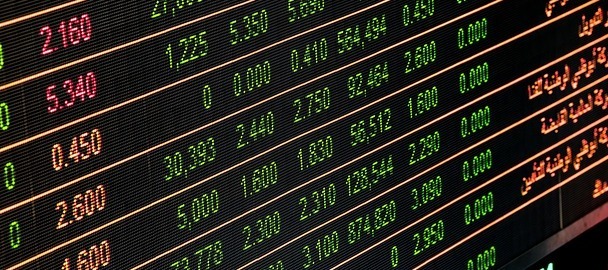
Stock futures recover some losses after S&P 500 tumbles into correction
Stock futures opened higher Tuesday evening after a steep sell-off during the regular trading day, which pushed the S&P 500 and Dow to their lowest settlements so far of 2022.
Contracts on the S&P 500 rose. The blue-chip index had closed lower by just over 1% on Tuesday, bringing it more than 10% from its record closing high from Jan. 3 — or below the threshold to have entered a correction. The Nasdaq and Dow each also ended in sharply in the red.
Hopes of a diplomatic resolution for tensions between Russia and Ukraine appeared to deteriorate on Tuesday, as President Joe Biden publicly called Russia's move to deploy troops to separatist regions of Ukraine "the beginning of a Russian invasion" of the region. The U.S. also unleashed a first tranche of sanctions on Russian financial institutions, sovereign debt and several key individuals in the country. Late Tuesday, U.S. Secretary of State Antony Blinken also said he had called off a meeting with his Russian counterpart, Foreign Minister Sergei Lavrov, that was supposed to take place this week.
Risk assets slid on Tuesday as investors considered the financial market implications of an escalating threat of military attack and greater sanctions on Russia. As European allies also coordinated their response to Russia's increased military presence in and around Ukraine, Germany halted approval of the Nord Stream 2 natural gas pipeline that would have deepened western Europe's energy link to Russia, the world's largest natural gas exporter. Crude oil prices spiked to a seven-year high, and Brent crude neared $100 per barrel as investors contemplated the potential for further energy-linked sanctions on Russia, the third-largest oil producer in the world.

For U.S. investors, the mounting geopolitical concerns also further complicate the next move by the Federal Reserve, which has so far signaled it is prioritizing bringing down inflationary pressures. Though investors are already pricing in an at least 25 basis point interest rate hike from the Fed at its mid-March meeting, the tensions between Russia and Ukraine — and potential further price increases that an escalating conflict could stoke — create a further communication and policy complexity for the central bank.
"If the status quo holds, all we're going to see is a very limited impact on growth and inflation. Should we see a full-fledged invasion followed by much tougher sanctions, then we're going to be in a very different world," Joe Brusuelas, RSM chief economist, told Yahoo Finance Live on Tuesday. "Our baseline is now expecting a 20% increase in the price of oil. Now that's from two weeks ago — we're about 7% of the way there. If that occurs, you'll see 1% shaved off growth this year .. and you'll see an addition 2.8% or thereabouts increase in inflation."
"The Federal Reserve and their global central banking brethren are in a very difficult position now," he added. "They're going to have to hike into what could be an energy shock and a slowing global economy. My sense is the Federal Reserve ought to hike by 25 basis points at the March meeting, but they ought to use the opportunity in both the communique and the Summary of Economic Projections, to note the risks around the evolving global environment."
© 2022 LeackStat.com
